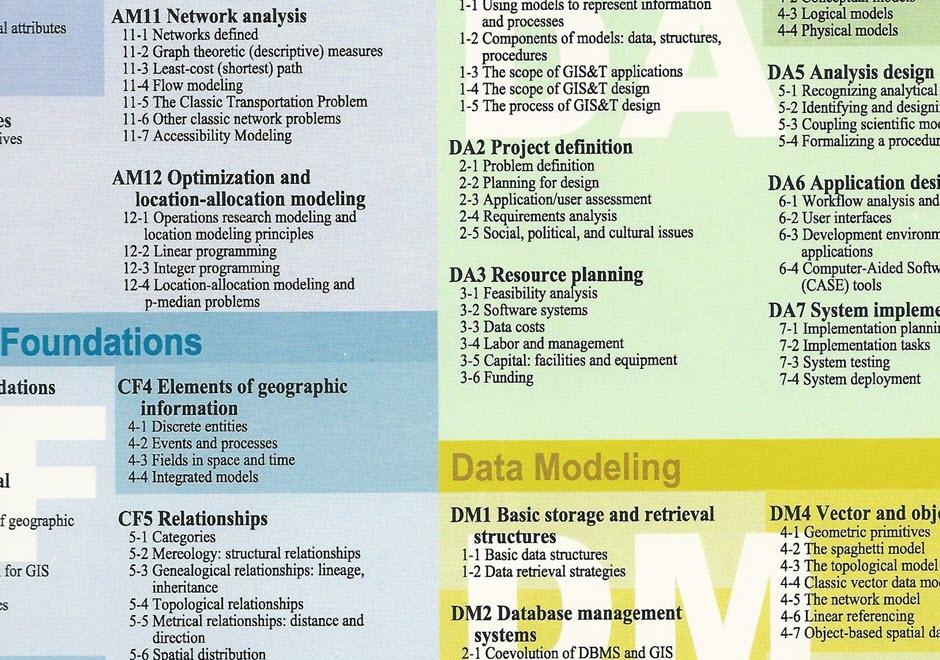KE-03 - Planning for design

- Define Gantt and PERT charts
- Use project management tools and techniques to manage the design process
- Justify the funding necessary for the design process of a GIS
- Collaborate effectively with a variety of people in a design team
- Create a schedule for the design and implementation of a GIS
- Identify the people necessary to effectively design a GIS


DM-48 - Plane coordinate systems